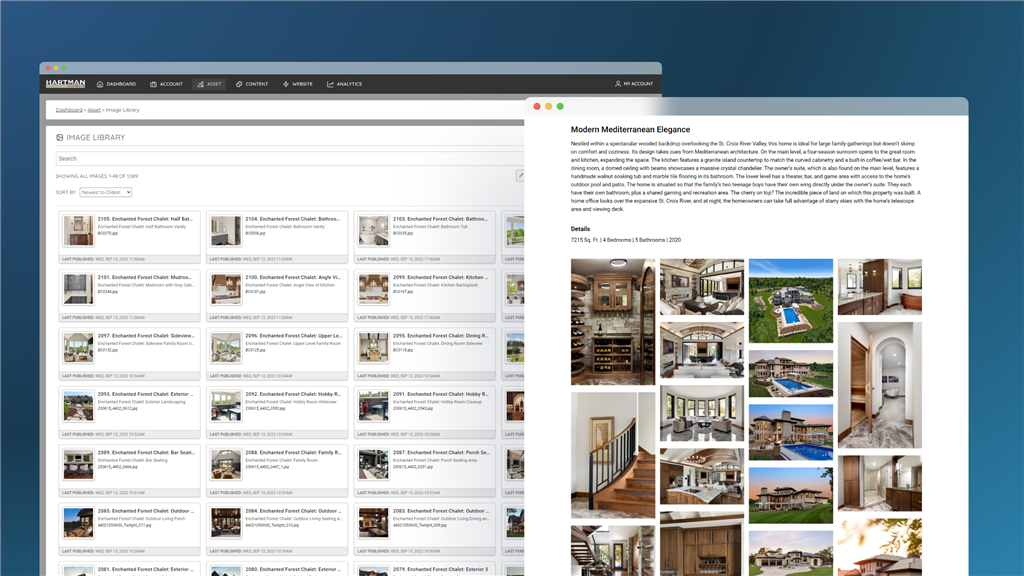In the world of manufacturing, differentiation, efficiency, traceability, and data management are paramount. QR codes, those ubiquitous squares of black and white patterns, have emerged as a powerful tool to address these needs. This blog post explores the myriad benefits and some use cases of QR codes in the manufacturing sector.
What are QR Codes?
QR (Quick Response) codes are two-dimensional barcodes that can store a significant amount of information, accessible via a simple scan using a smartphone or a dedicated QR code scanner. They can contain text, URLs, or other data, making them versatile for various applications.
Benefits of QR Codes in Manufacturing
1. Enhanced Traceability
Traceability is crucial in manufacturing to monitor the movement and history of products and components. QR codes provide a simple and effective solution:
- Track Components: By scanning QR codes on parts and materials, manufacturers can track their journey through the supply chain.
- Batch Information: QR codes can store batch numbers and production dates, aiding in precise tracking and quality control.
2. Improved Customer Experience
QR make getting a Quote, more information, or placing an Order much easier:
QR Code Quote Forms: Scanning QR codes on product sheets or parts can take you directly to a guided form to request more information, request a quote, or place an order without the hassle and lack of reliability seen in sending emails or trying to call a
live person.
- Always Current: Because QR Codes link to an electronic Web Form, the information such as product information and contact details is always current.
- Multi-Channel: QR Codes can link to text, forms, video, guided workflow, pictures, audio and more making them useful for many scenarios. One example is having a QR code on a product sheet to get more information, watch an installation video, or instantly place an order.
3. Improved Inventory Management
QR codes streamline inventory management processes:
- Real-Time Updates: Scanning QR codes on inventory items updates the central database in real-time, ensuring accurate stock levels.
- Reduced Errors: Automated scanning reduces human errors associated with manual data entry.
4. Efficient Quality Control
Quality control is vital to maintain high standards in manufacturing. QR codes aid in this by:
- Detailed Inspection Data: QR codes can link to inspection records and test results, allowing quick access to quality control information.
- Instant Recall Information: In the event of a product recall, QR codes help identify affected batches swiftly.
5. Streamlined Maintenance and Repairs
QR codes simplify maintenance processes:
- Maintenance History: Scanning a QR code on a machine provides instant access to its maintenance history and schedules.
- Spare Parts Identification: QR codes can link to spare parts catalogs, making it easy to find and order replacement components.
6. Enhanced Safety and Compliance
Manufacturing industries must adhere to strict safety and regulatory standards. QR codes facilitate compliance by:
- Safety Information: QR codes on equipment can link to safety manuals and usage instructions.
- Regulatory Documentation: They can store compliance certificates and regulatory information for easy verification.
Use Cases of QR Codes in Manufacturing
1. Production Line Management
In a production line, QR codes can be used to:
- Track Progress: Monitor the progress of individual units through different stages of production.
- Automate Workflow: Trigger automated actions, such as quality checks or packaging instructions, based on the scanned information.
2. Supply Chain Integration
QR codes enhance supply chain visibility by:
- Supplier Information: Providing details about suppliers and origins of raw materials.
- Delivery Tracking: Enabling real-time tracking of shipments and deliveries.
3. Asset Management
Managing assets in a manufacturing facility becomes more efficient with QR codes:
- Asset Identification: Assign unique QR codes to assets for easy identification and tracking.
- Lifecycle Management: Track the entire lifecycle of assets from procurement to decommissioning.
4. Employee Training and Information
Training and informing employees can be streamlined using QR codes:
- Training Modules: Link QR codes to training videos and documents for quick access during training sessions.
- Job Instructions: Place QR codes at workstations to provide step-by-step instructions for tasks.
Implementing QR Codes in Manufacturing
To successfully implement QR codes in a manufacturing environment, consider the following steps:
- Assessment: Identify areas where QR codes can add value, such as inventory management, production tracking, or maintenance.
- Integration: Integrate QR code scanning with existing ERP and inventory management systems.
- Training: Train employees on how to use QR codes and incorporate them into daily workflows
- Evaluation: Regularly assess the effectiveness of QR code implementation and make adjustments as needed.



